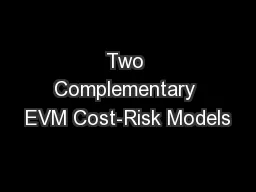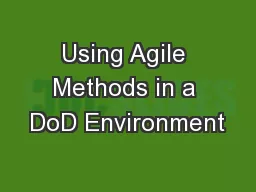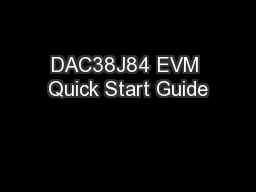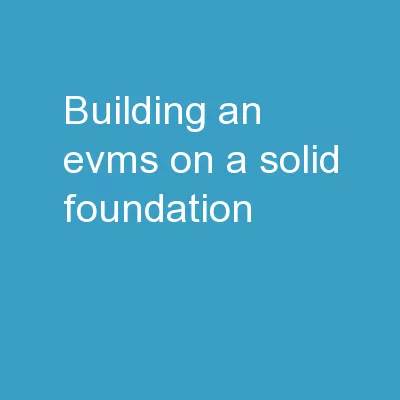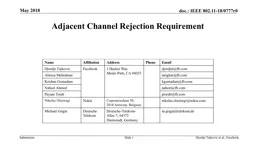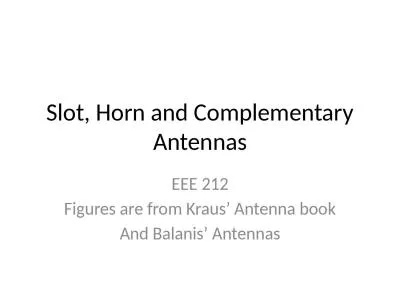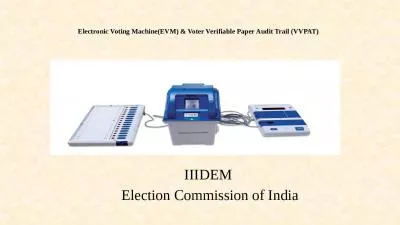PPT-Two Complementary EVM Cost-Risk Models
Author : faustina-dinatale | Published Date : 2018-01-11
1 Use of EVM Trends to Forecast Cost Risks 2 Integrated CostRisk Model ICRM Utilizing ACEIT For 18 MAR SoCal ICEAA Workshop David R Graham Consultant Salient Federal
Presentation Embed Code
Download Presentation
Download Presentation The PPT/PDF document "Two Complementary EVM Cost-Risk Models" is the property of its rightful owner. Permission is granted to download and print the materials on this website for personal, non-commercial use only, and to display it on your personal computer provided you do not modify the materials and that you retain all copyright notices contained in the materials. By downloading content from our website, you accept the terms of this agreement.
Two Complementary EVM Cost-Risk Models: Transcript
Download Rules Of Document
"Two Complementary EVM Cost-Risk Models"The content belongs to its owner. You may download and print it for personal use, without modification, and keep all copyright notices. By downloading, you agree to these terms.
Related Documents

